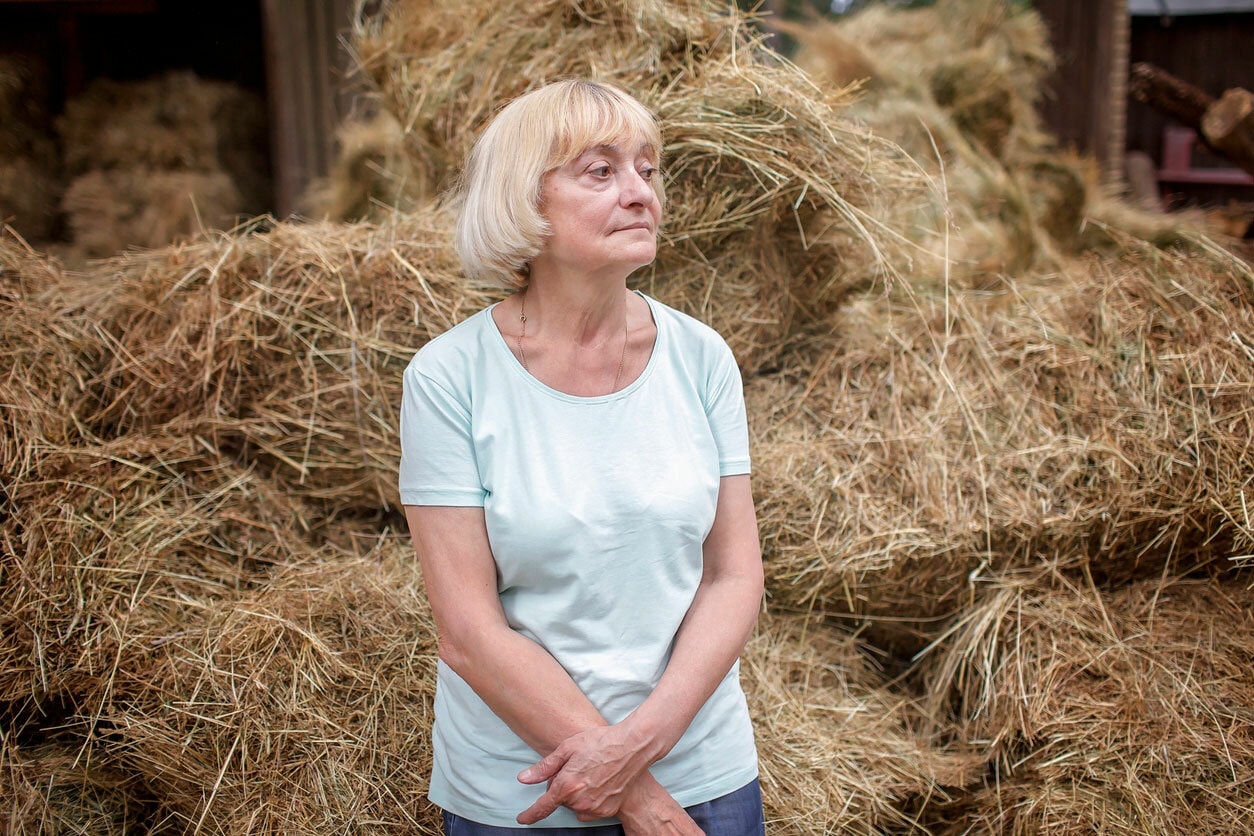Preventing violence against older women


Older women are often forgotten or overlooked in efforts to end violence against women, but women can experience violence across their entire lifespan.
Emerging evidence suggests that ageism intersects with gender inequality to drive violence against older women – and these twin experiences of discrimination and oppression must be addressed to end violence against older women.
Violence against older women includes intimate partner violence perpetrated by a partner over a long period of time and financial abuse and control perpetrated by an adult child.
Older women are more likely than older men to be victims of both intimate partner violence, and other forms of family violence, including violence from children. Perpetrators of intergenerational violence are more likely to be men.
Given what we know about the drivers of violence against all women, violence against older women needs to be seen in light of their experiences of gender inequality – and ageism.
Older women face particular forms of gender inequality, the impacts of which often accumulate over a lifetime. This includes the impact of unpaid caring roles, undertaken throughout their lives, limited control of finances and decision-making, as well as attitudes that limit the participation of older women in the media, government and business.
Just as with other groups of women, where older women are undervalued and made ‘invisible’, violence against them is more likely to be ignored, or even condoned.

Efforts to prevent this violence should adhere to the below principles, according to Our Watch and Senior’s Rights Victoria’s Preventing intimate partner violence against older women.
Centre the voices of older women in your work, including as experts, mentors and leaders.
Reflect on your own individual attitudes and unconscious biases regarding gender and ageing, including reflecting on positive or negative associations with ageing, the language you use to describe older people, and your beliefs about older people’s relationships and sexuality.
Ensure your organisational policies, procedures and practices promote gender equality for all women, including identifying barriers to older people accessing your services, ensuring older women are visible and represented in your organisation’s promotional materials and campaigns, and that your marketing strategy includes specific tactics to connect with older women.
Develop and deliver primary prevention activities tailored to older women and their experiences of violence – for example, financial literacy for older women, campaigns engaging older men and activities that challenge internalised ageism.
Apply an intersectional approach to your work with older women, recognising how intersecting forms of discrimination and oppression shape older women’s lives.
Ensure all primary prevention activities are accessible, including translations and appropriate formats for people with dementia and other disabilities.

8 minute read
Find information on the prevalence and nature of violence against women in Australia.